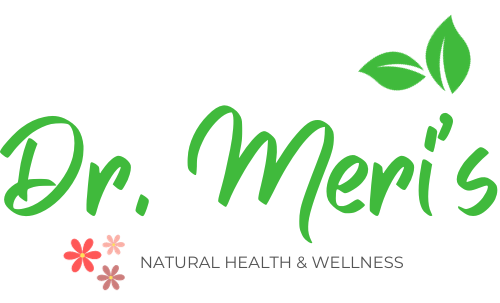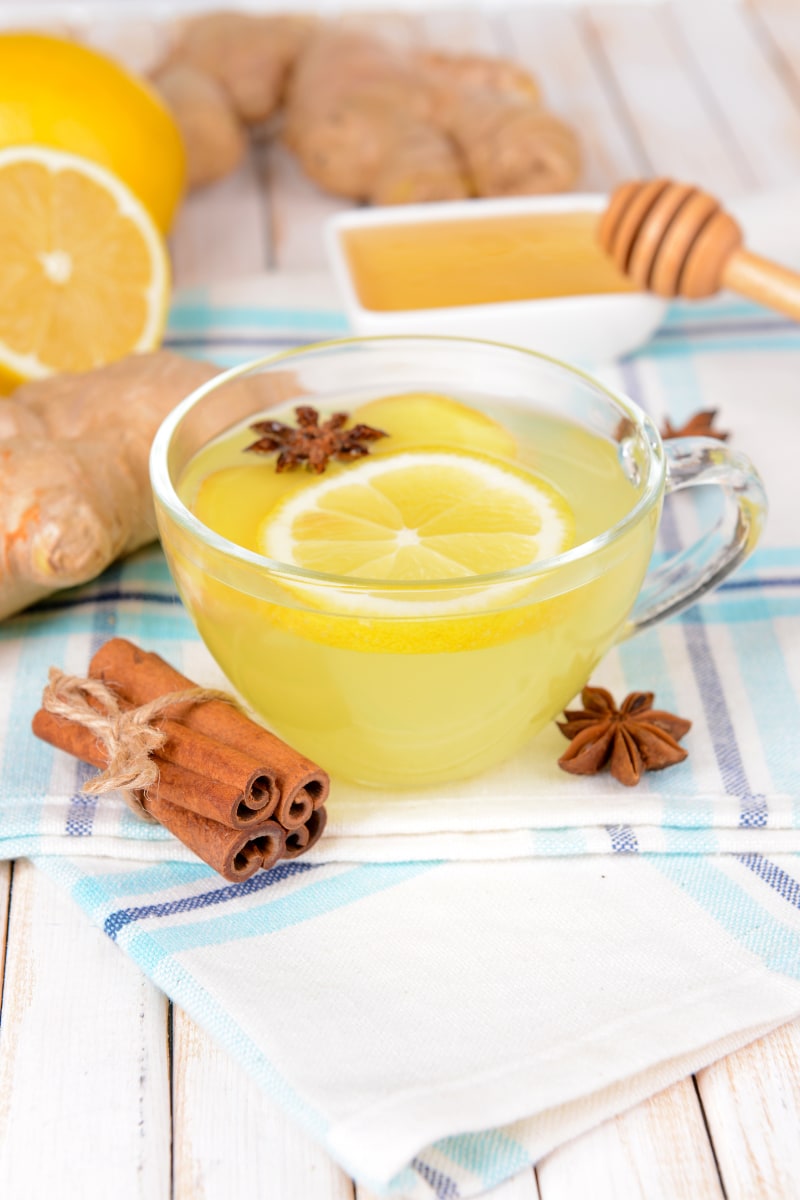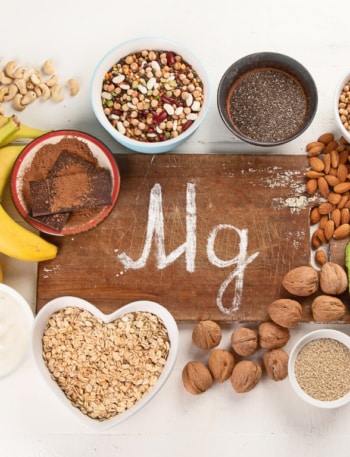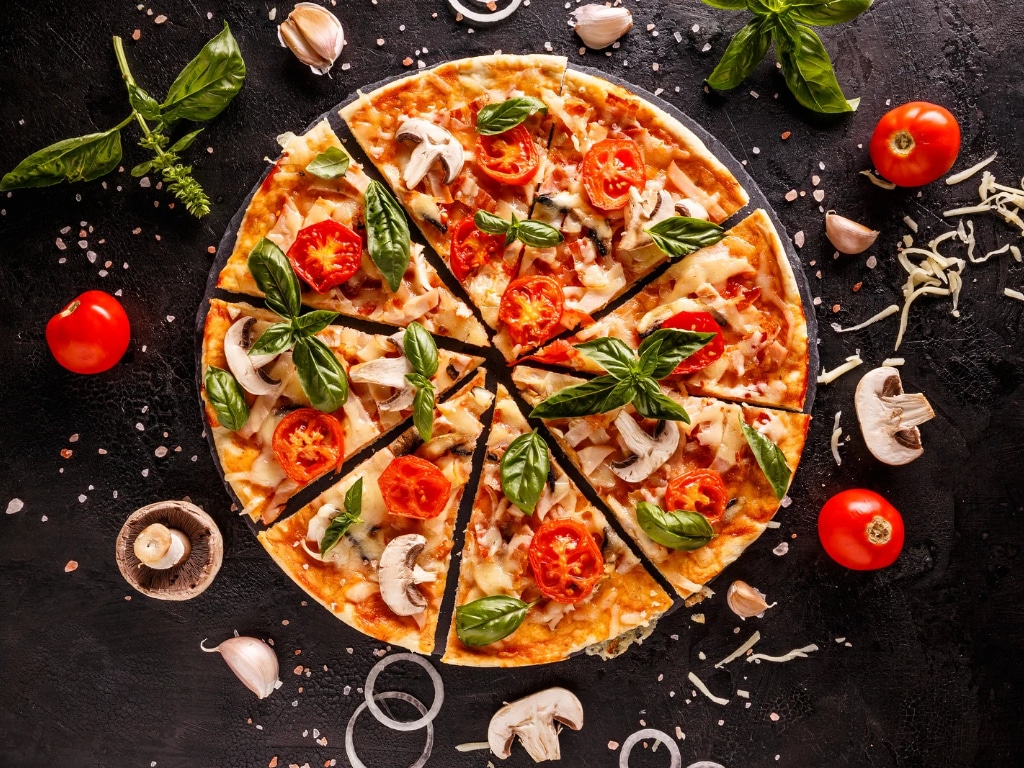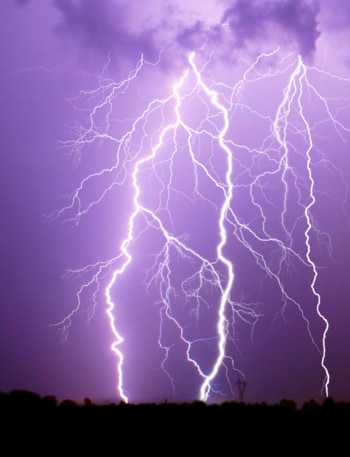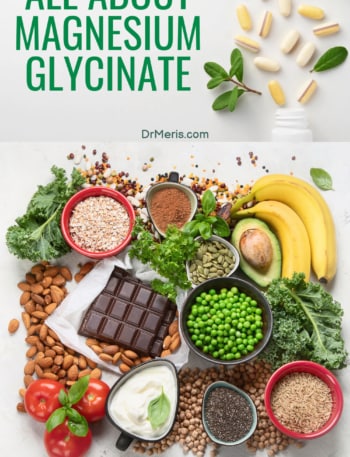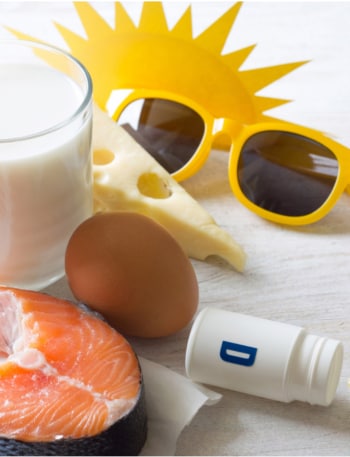Hypertension, commonly known as high blood pressure, is a disorder that affects a lot of people in various parts of the world. It is strongly associated with a high chance of developing heart problems, stroke or kidney issues. Research shows that alongside medication, there are a lot of individuals who prefer to treat high blood pressure without medicine or drugs, or use them as adjunctive methods. In this article, several nature-based strategies to reduce hypertension will be discussed, accompanied by relevant scientific evidence.
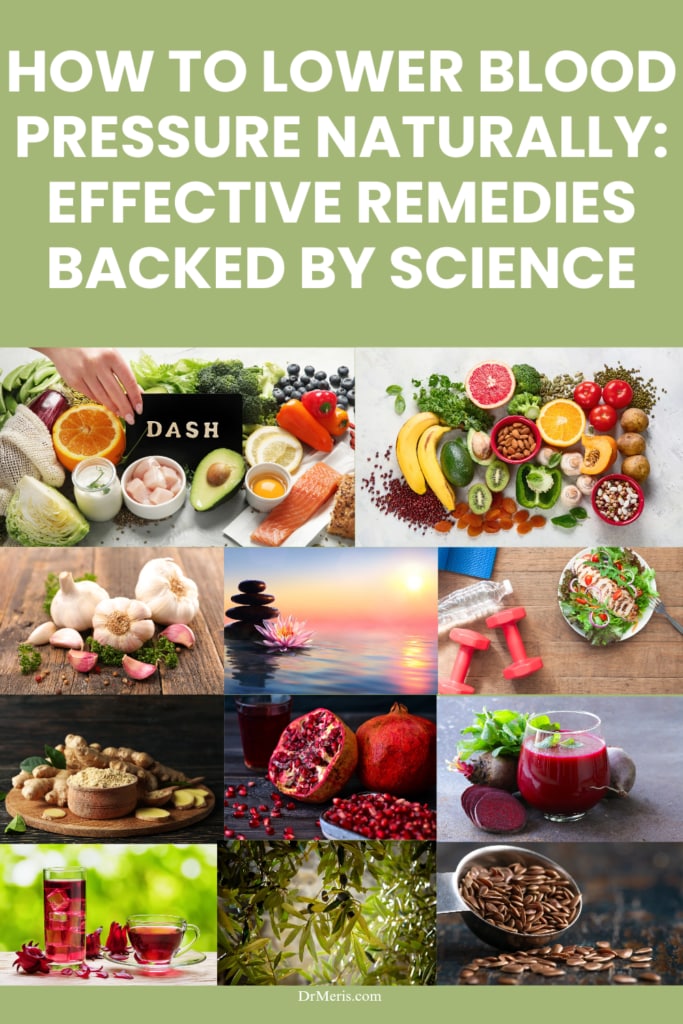
Natural Strategies for Lowing High Blood Pressure
Maintain a Healthy Diet: The DASH Diet
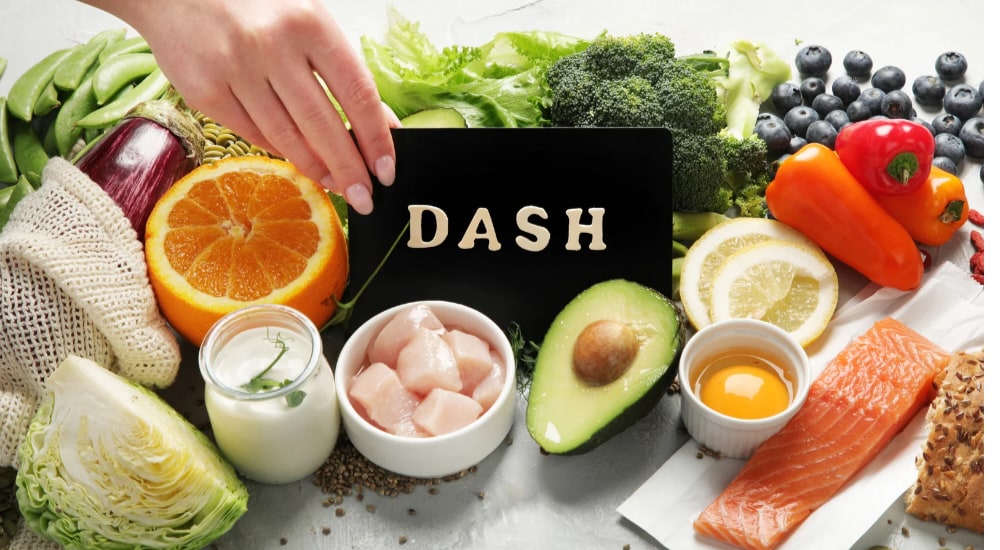
The DASH diet is a food plan created for the purpose of preventing or treating high blood pressure (hypertension). It focuses on eating fruit and vegetable rich, heart-healthy foods and eating as few foods that raise blood pressure as possible, that is, those that are high in sodium, added sugars, and saturated fat. The efficacy in using DASH diet to reduce blood pressure has been extensively researched and successfully confirmed.
This diet consists of fruits, vegetables, cereals and low-fat dairy is one of the effective methods in combating high blood pressure. The DASH diet is scientifically proven to reduce high blood pressure. There is considerable evidence that the DASH eating plan lowers both systolic and diastolic blood pressure measured among people living with hypertension [1].
Highlighting the critical factors of the DASH diet, bring the following into consideration:
- Emphasis on fruits and vegetables, and whole grains
- Non-fat dairy products
- Fishes, chicken meat, and lentils
- Reduced intake of salt and sodium
Reduce Sodium Intake
It is well-established that sodium intake is a critical issue that needs to be managed. According to information from the World Health Organization, the recommended daily intake should be limited to under 2 grams. Reducing sodium intake can help blood vessels relax and lower blood pressure.
Decreasing salt consumption leads to lower blood pressure. A systematic review of research in which salt intake was decreased by 4.4 g/day for a minimum of 4 weeks revealed that systolic blood pressure dropped by 4 mmHg and diastolic blood pressure decreased by 2 mmHg. This review indicated that the impact on blood pressure persisted even below the thresholds currently recommended by global guidelines [2].
Practical tips:
- Limit the ingredients to herbs and spices only.
- Prepare dishes with only fresh ingredients at home.
- Refrain from eating processed foods high in salt.
Check out these low sodium recipes:
Healthy Tomato Sauce Recipe: Keto Friendly
How to Make Vegetable Broth Using Kitchen Scraps?
Keto Red Enchilada Sauce: Quick and Easy
Exercise Regularly
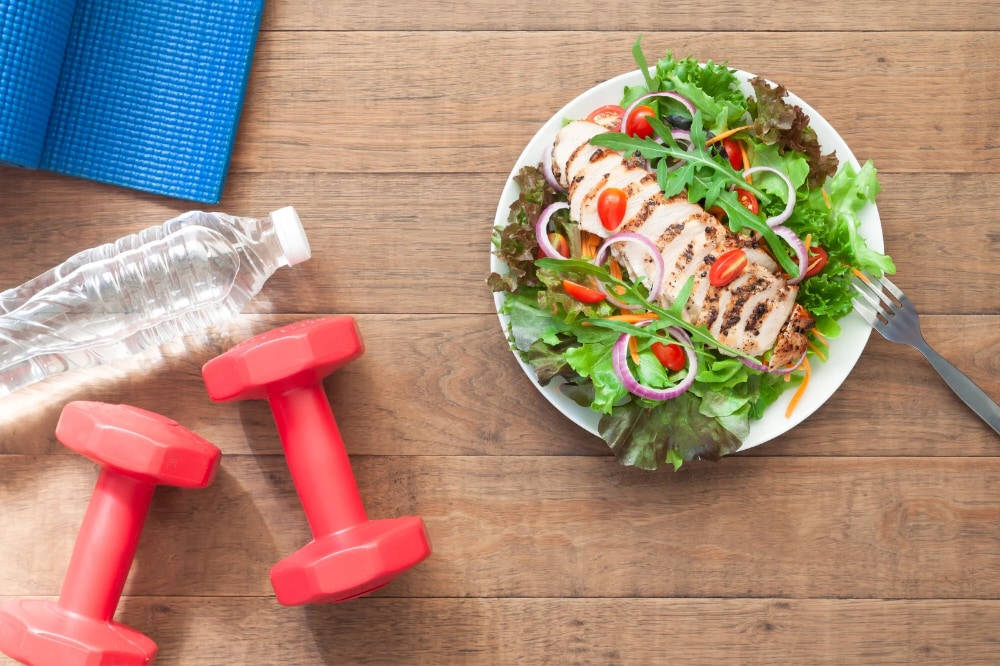
Concurrent training—combining dynamic resistance and aerobic exercise training in the same workout or on different days—as well as aerobic and dynamic resistance exercise have been shown to lower blood pressure and aid in the treatment of hypertension [3].
Exercise recommendations:
- Participate in at least 150 min moderate-intensity physical activity/week.
- Include activities such as walking, swimming, or cycling
- Incorporate strength training exercises to complement aerobic activity
Manage Stress Effectively
Chronic stress leads to elevated blood pressure because it increases hormone (like cortisol and adrenaline) levels that constrict the lumen of blood vessels. Stress reduction methods, e.g., mindfulness and meditation, are used to control such hormonal changes.
According to recent suggestions, people should try to meditate for about 45 minutes each day to reduce high blood pressure caused by stress.
Meditation, progressive muscle relaxation, yoga, deep breathing exercises, and mindfulness can all help reduce stress [4].
Stress management strategies:
- Practice deep breathing or meditation regularly
- Do things that you find relaxing, such as reading or spending time in the environment.
- Take breaks throughout the day to reduce stress
Increase Potassium Intake
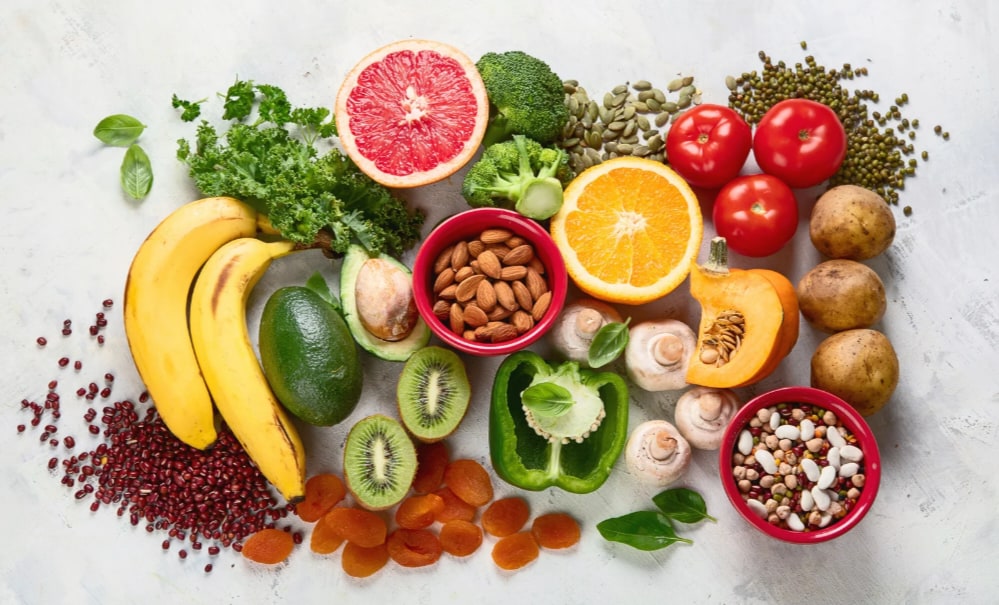
Potassium contributes to maintaining the balance induced by sodium and promotes the healthy functioning of the blood vessels. Numerous studies demonstrated that that an increase in consumption of potassium containing food items such as bananas, sweet potatoes and leafy greens can improve blood pressure. While it is preferable to consume enough potassium to lower blood pressure, excessive potassium supplementation should be avoided [5].
Potassium-rich foods include:
- Bananas, oranges, and apricots
- Sweet potatoes and potatoes
- Leafy greens such as spinach and kale
Limit Alcohol and Caffeine Intake
Both alcohol and caffeine can raise blood pressure. Specifically, excessive alcohol intake has been shown to increase blood pressure. Several systematic reviews based on cohort studies indicated that alcohol consumption has a significant effect on blood pressure and the risk of hypertension [6].
Get Adequate Sleep
Poor sleep has been linked to an increased risk of hypertensive heart disease, according to studies. In general, sleep deprivation may be just as detrimental as cardiovascular neglect, thus individuals with hypertension should be treated for factors that enhance both the quantity and quality of their sleep [7].
Tips for better sleep:
- Aim for 7-9 hours of quality sleep per night
- Establish a regular sleep schedule
- Create a sleep-friendly environment (dark, quiet, and cool)
Herbal Remedies
Many herbs and foods have been tested for their antihypotensive effects in reducing blood pressure. Following are some of the most researched herbal remedies for lowering high blood pressure.
Garlic (Allium sativum)
A number of studies have indicated that garlic supplementation can effectively lower blood pressure, especially in hypertensive patients. The principle active compound allicin is believed to mediate this effect via the vasodilation of blood vessels.
A meta-analysis of 7 randomized controlled trials reported that garlic supplementation decreased significantly both systolic and diastolic blood pressure without any adverse effects [8].
How to use: Daily consumption of fresh garlic (1-2 garlic cloves) or garlic extract (aged garlic) can be employed for a blood pressure-suppressing effect.
Hibiscus Tea (Hibiscus sabdariffa)
Hibiscus tea is rich in several anthocyanins and other polyphenols that have been shown to be antioxidant and anti-inflammatory. It has been demonstrated to decrease blood pressure, particularly in patients with mild to moderate hypertension.
H. sabdariffa sour tea, taken twice a day, can help manage blood pressure in stage one hypertension when combined with lifestyle and dietary changes [9].
How to use: Steep 1-2 tsp dried hibiscus flowers in a cup of hot water for 5-10 min. Drinking 2 cups a day can be effective.
NOTE: It is not advised for people taking medications to treat high blood pressure since hibiscus tea may interfere with these medications.
Beetroot (Beta vulgaris)
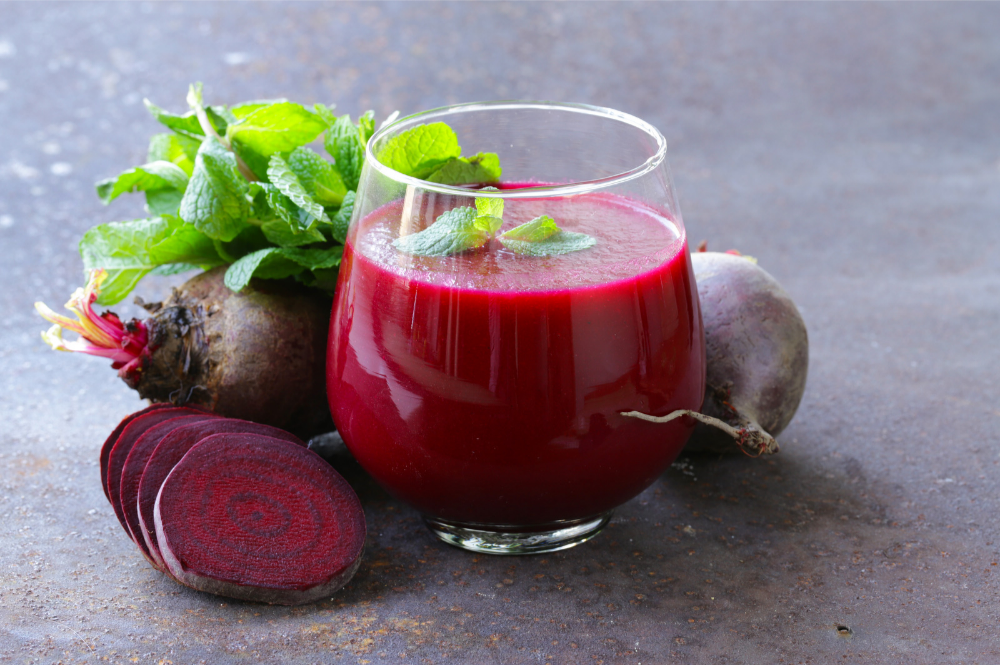
Beetroot is an excellent source for dietary nitrates, which are converted into nitric oxide in the body. This molecule causes vasodilation and consequently reduce blood pressure.
A meta-analysis showed that regular intake of beet juice resulted in an average decrease of 1.32 mm Hg for diastolic blood pressure and 3.55 mm Hg for systolic blood pressure. This drop in blood pressure can significantly lower the risk of stroke and other cardiovascular problems that might arise from high blood pressure [10].
How to use: Intake of up to 250 mL (∼1 cup) of fresh beetroot juice per day or of beets in salads or other foods can lower blood pressure.
Olive Leaf Extract (Olea europaea)
Olive leaf extract contains oleuropein, which has been demonstrated to have beneficial effects on vascular health and blood pressure reduction both in animals and humans.
A study published in the Diabetology & metabolic syndrome found that olive leaf extract supplementation improved lipid profiles and blood pressure, particularly in hypertensive individuals [11].
How to use: Olive leaf extract preparations (usually 500 mg to 1 g/day) are widely used. Olive oil is also suited for a Mediterranean diet that has been shown to be beneficial to the heart.
Cinnamon (Cinnamomum verum)
Cinnamon contains compounds such as cinnamaldehyde, which may enhance circulation and lower blood pressure.
A review of nine studies of 641 participants showed that taking cinnamon reduced systolic and diastolic blood pressure by an average of 6.2 mm Hg and 3.9 mm Hg, respectively. This effect was stronger when people took cinnamon consistently over 12 weeks [12].
Use 1-2 tsp cinnamon powder each day by sprinkling it on cereal, smoothies, or baked goods. Cinnamon tea can also be made by infusing cinnamon sticks with hot water.
Pomegranate (Punica granatum)
Pomegranate is rich in polyphenols, offering antioxidant and anti-inflammatory benefits that may lower blood pressure. Research published in Phytotherapy Research found that consuming pomegranate juice led to a notable decrease in both systolic and diastolic blood pressure among people with hypertension in a dose-dependent manner, however, the benefit was lost after 2 months of pomegranate juice consumption [13].
How to use: For the best results, drink one cup (approximately 240 mL) of 100% pomegranate juice each day.
Flaxseeds (Linum usitatissimum)
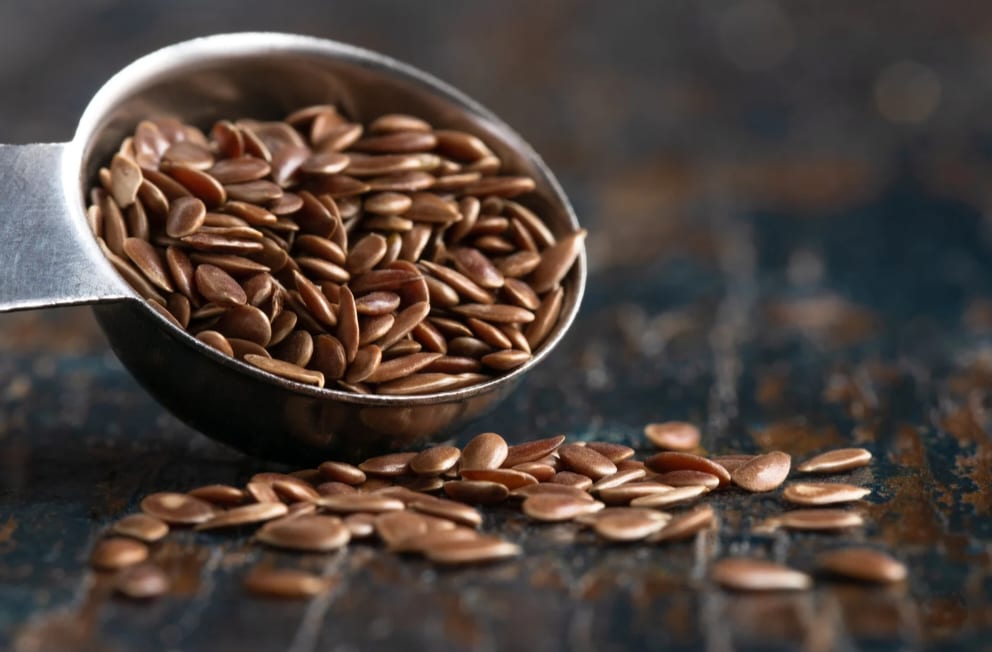
Flaxseeds are high in omega-3 fatty acids and soluble fiber, which have been shown to reduce blood pressure by lowering inflammation and making the blood vessels function properly.
A systematic review and meta-analysis of randomized controlled trials showed that flaxseed supplementation (up to 30 grams per day) significantly reduced systolic and diastolic blood pressure [14].
How to use: Ground flaxseeds are the most bioavailable form. Include 1-2 tsp ground flaxseeds daily in smoothies, oatmeal, and yogurt.
Ginger (Zingiber officinale)
Ginger is known for its anti-inflammatory and vasodilatory properties, which can help improve blood circulation and potentially lower blood pressure.
A study featured in Hypertension found that taking ginger supplements (3 grams daily) led to notable decreases in both systolic and diastolic blood pressure among people with hypertension [15].
How to use: Incorporate 1-2 grams of ginger root into your daily routine, whether in teas, smoothies, or as a seasoning in your meals.
Bottom Line
Lowering high blood pressure is achievable with a change of diet, regular physical activities, stress relief strategies and other lifestyle changes. DASH diet, low-sodium diet, potassium-enriched foods, and regular physical activity have all been previously reported to effectively lower hypertension symptoms.
Furthermore, coping with stress, limiting alcohol and caffeine intake, and maintaining adequate sleep can all make important contributions to blood pressure control.
Garlic, hibiscus tea, beetroot, olive leaf extract, cinnamon, pomegranate, flaxseed and ginger can also be a powerful tool in blood pressure control. High blood pressure may be managed through the combination of the natural remedies along with other lifestyle changes.
It is always advisable to consult your doctor before adopting any life style changes or using natural remedies.
References
1. Filippou, C. D., Tsioufis, C. P., Thomopoulos, C. G., Mihas, C. C., Dimitriadis, K. S., Sotiropoulou, L. I., Chrysochoou, C. A., Nihoyannopoulos, P. I., & Tousoulis, D. M. (2020). Dietary Approaches to Stop Hypertension (DASH) Diet and Blood Pressure Reduction in Adults with and without Hypertension: A Systematic Review and Meta-Analysis of Randomized Controlled Trials. Advances in nutrition (Bethesda, Md.), 11(5), 1150–1160. https://doi.org/10.1093/advances/nmaa041
2. He, F. J., & MacGregor, G. A. (2004). Effect of longer-term modest salt reduction on blood pressure. The Cochrane database of systematic reviews, (3), CD004937. https://doi.org/10.1002/14651858.CD004937
3. Lopes, S., Mesquita-Bastos, J., Alves, A. J., & Ribeiro, F. (2018). Exercise as a tool for hypertension and resistant hypertension management: current insights. Integrated blood pressure control, 11, 65–71. https://doi.org/10.2147/IBPC.S136028
4. Liu, M. Y., Li, N., Li, W. A., & Khan, H. (2017). Association between psychosocial stress and hypertension: a systematic review and meta-analysis. Neurological research, 39(6), 573–580. https://doi.org/10.1080/01616412.2017.1317904
5. Filippini, T., Naska, A., Kasdagli, M. I., Torres, D., Lopes, C., Carvalho, C., Moreira, P., Malavolti, M., Orsini, N., Whelton, P. K., & Vinceti, M. (2020). Potassium Intake and Blood Pressure: A Dose-Response Meta-Analysis of Randomized Controlled Trials. Journal of the American Heart Association, 9(12), e015719. https://doi.org/10.1161/JAHA.119.015719
6. Cecchini, M., Filippini, T., Whelton, P. K., Iamandii, I., Di Federico, S., Boriani, G., & Vinceti, M. (2024). Alcohol Intake and Risk of Hypertension: A Systematic Review and Dose-Response Meta-Analysis of Nonexperimental Cohort Studies. Hypertension (Dallas, Tex. : 1979), 81(8), 1701–1715. https://doi.org/10.1161/HYPERTENSIONAHA.124.22703
7. Evbayekha, E. O., Aiwuyo, H. O., Dilibe, A., Nriagu, B. N., Idowu, A. B., Eletta, R. Y., & Ohikhuai, E. E. (2022). Sleep Deprivation Is Associated With Increased Risk for Hypertensive Heart Disease: A Nationwide Population-Based Cohort Study. Cureus, 14(12), e33005. https://doi.org/10.7759/cureus.33005
8. Ried, K., M. Toben, & A. D. Sali. (2016). Effect of garlic on blood pressure: A systematic review and meta-analysis. BMC Cardiovascular Disorders, 16(1), 1-8. https://doi.org/10.1186/s12872-016-0280-6
9. Jalalyazdi, M., Ramezani, J., Izadi-Moud, A., Madani-Sani, F., Shahlaei, S., & Ghiasi, S. S. (2019). Effect of hibiscus sabdariffa on blood pressure in patients with stage 1 hypertension. Journal of advanced pharmaceutical technology & research, 10(3), 107–111. https://doi.org/10.4103/japtr.JAPTR_402_18
10. Bahadoran, Z., Mirmiran, P., Kabir, A., Azizi, F., & Ghasemi, A. (2017). The Nitrate-Independent Blood Pressure-Lowering Effect of Beetroot Juice: A Systematic Review and Meta-Analysis. Advances in nutrition (Bethesda, Md.), 8(6), 830–838. https://doi.org/10.3945/an.117.016717
11. Razmpoosh, E., Abdollahi, S., Mousavirad, M., Clark, C. C. T., & Soltani, S. (2022). The effects of olive leaf extract on cardiovascular risk factors in the general adult population: a systematic review and meta-analysis of randomized controlled trials. Diabetology & metabolic syndrome, 14(1), 151. https://doi.org/10.1186/s13098-022-00920-y
12. Mousavi, S. M., Karimi, E., Hajishafiee, M., Milajerdi, A., Amini, M. R., & Esmaillzadeh, A. (2020). Anti-hypertensive effects of cinnamon supplementation in adults: A systematic review and dose-response Meta-analysis of randomized controlled trials. Critical reviews in food science and nutrition, 60(18), 3144–3154. https://doi.org/10.1080/10408398.2019.1678012
13. Ghaemi, F., Emadzadeh, M., Atkin, S. L., Jamialahmadi, T., Zengin, G., & Sahebkar, A. (2023). Impact of pomegranate juice on blood pressure: A systematic review and meta-analysis. Phytotherapy research : PTR, 37(10), 4429–4441. https://doi.org/10.1002/ptr.7952
14. Li, L., Li, H., Gao, Y., Vafaei, S., Zhang, X., & Yang, M. (2023). Effect of flaxseed supplementation on blood pressure: a systematic review, and dose-response meta-analysis of randomized clinical trials. Food & function, 14(2), 675–690. https://doi.org/10.1039/d2fo02566c
15. Hasani, H., Arab, A., Hadi, A., Pourmasoumi, M., Ghavami, A., & Miraghajani, M. (2019). Does ginger supplementation lower blood pressure? A systematic review and meta-analysis of clinical trials. Phytotherapy research : PTR, 33(6), 1639–1647. https://doi.org/10.1002/ptr.6362
Sign Up for Our Email List
Get our latest articles, healthy recipes, tips, and exclusive deals delivered straight to your inbox with our newsletter.
We won't send you spam. Unsubscribe at any time.
